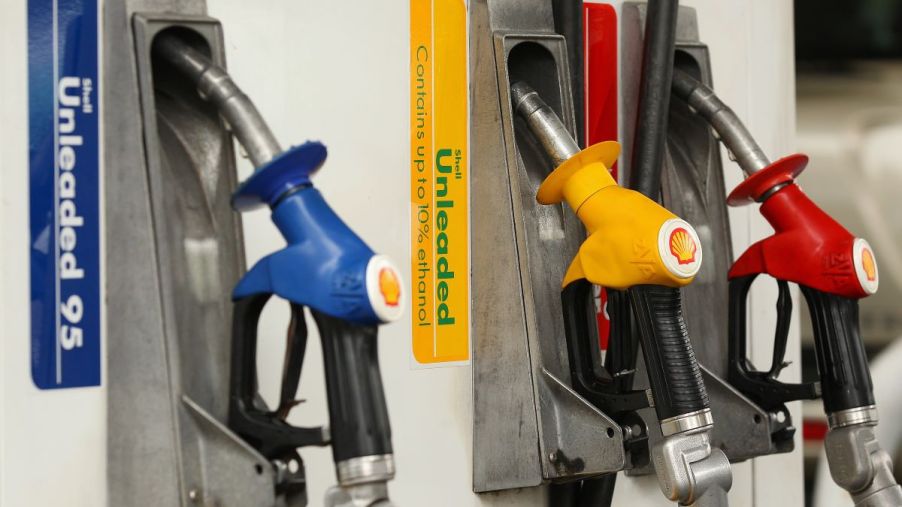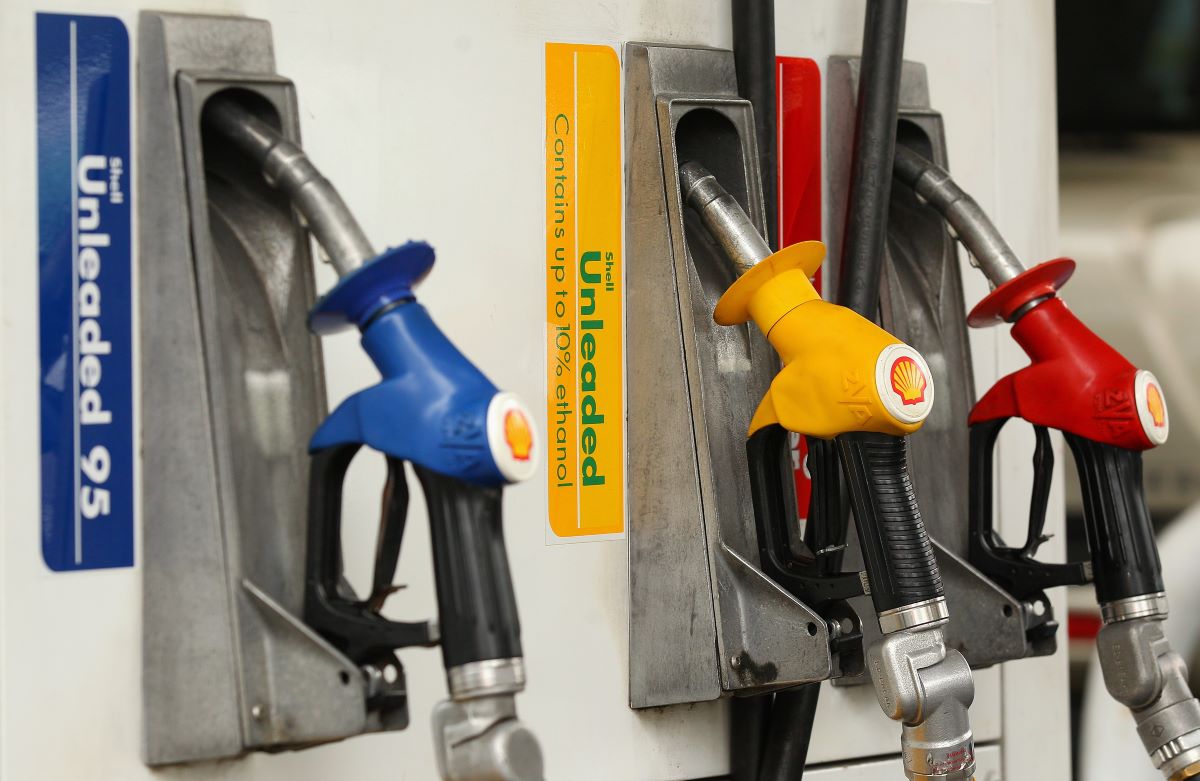
3 Tips to Conserve Fuel That Don’t Include Engine Maintenance
Vehicle owners can get into a lot of car maintenance on the weekend. But if you don’t have the know-how, there are plenty of other ways to fuel you conserve fuel when prices at the pump are high. Drop those torque wrenches, grab a tire pressure gauge, and make room for emptying the trunk. Here are three ways to improve fuel economy that don’t require a Haynes manual.
1. Improve vehicle aerodynamics
While drag coefficients are usually talked about in the supercar sphere, it applies to all vehicles. Owners may be unable to carve out their car’s exterior to improve airflow to the back of the car, but there are a few helpful things to get back up to 1% of fuel economy. Reducing aerodynamic drag to conserve fuel can be as easy as taking the window flag of your favorite sports team off.
Wide-open windows on the highway are a big draw on gas mileage. Although it’s better than using air conditioning, it can still mean a 10% loss in efficiency. For pickup trucks, lowering the tailgate will not improve drag; instead, it creates turbulence that may affect road handling at higher speeds. A smooth lump of air is created in the bed by leaving the tailgate up.
2. Reduce unnecessary weight
Manufacturers are putting in a lot of work to reduce vehicle weight. Many pickup truck beds are now aluminum, as are engine cylinder heads. While swapping out your iron block for an aluminum unit may not be worth it, vehicle owners can reduce weight elsewhere.
The U.S. Department of Energy (USDOE) claims fuel economy increases by 1% to 2% for every 100 pounds taken out of a vehicle. Therefore, those bags of clothes and other items sitting in the trunk are costing drivers money before they take them to a thrift shop. It’s inadvisable to depart with roadside necessities like the spare tire and jack, but removing that scarcely-used roof rack will not only improve aerodynamic efficiency but also reduce the car’s overall weight.
3. Always have tires inflated properly
Properly-inflated tires are both safe and help drivers conserve fuel. Like stop-start functions, all light-duty vehicles made after 2007 have tire pressure monitoring systems. In most earlier systems, these functions will alert a driver when a tire goes below a certain threshold. But even a single pound per square inch (psi) below the manufacturer’s recommended pressure can harm fuel economy.
The USDOE says every one psi decrease for four tires can reduce fuel economy by 0.2%. Keeping your tires properly inflated can conserve fuel and increase gas mileage by up to 3%.
What are ways to conserve fuel while driving?

Once you’re on the road, ways to conserve fuel are still present. For instance, the USDOE asserts that aggressive driving can slash fuel economy by 15% to 30% on the highway. But in stop-and-go traffic, the decrease could exceed 40%.
While weaving in and out of traffic to get ahead, jackrabbit starts, and aggressive cornering may give you the feeling you’re getting somewhere quicker, but it doesn’t work. Let’s be honest with ourselves here. Additionally, it will wear out mechanical components quicker, like brakes, tires, engine, and transmission. It’s critical to limit quick acceleration and fast braking, traveling with gradual changes in speed.
Drivers should also avoid idling whenever they can. Most modern vehicles have stop-start functions to shut off the engine when stationary to mitigate the chances. But those who don’t can strategize. Turning off the engine at a stoplight may be too much for a car without the start-stop system, but there’s a reasonable threshold of time to consider for conserving fuel.
Typically, the fuel used to start an engine equates to roughly 10 seconds of idle time. If you’re taking a phone call or running into the store to grab something, its best to shut the car off—even in the cold. Starting your car to warm the engine to proper operating temperature is now useless with modern fuel injection, and all it does is waste fuel.


